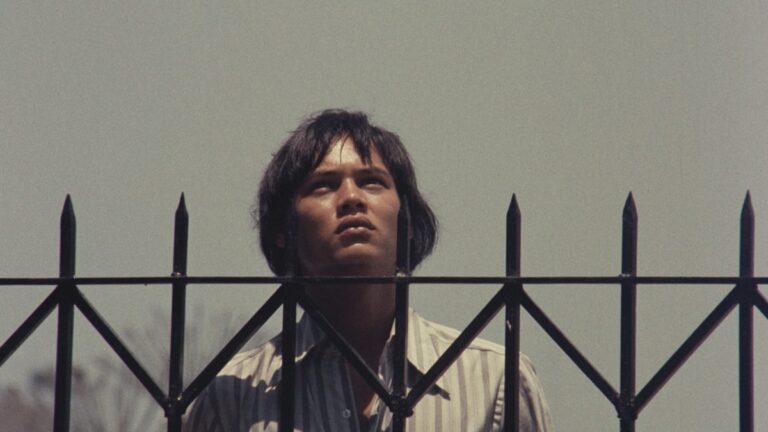Less than a week before the Filipino public once again marches to the polls, it’s hard not to recall a young man named Julio Madiaga trudging through Manila’s streets, wide-eyed and disillusioned, searching not only for his beloved Ligaya Paraiso but for justice in a city that offers none. As May 2025 marks both the Philippine midterm elections and Asian Heritage Month, we return to Lino Brocka—not just as a filmmaker but as a cultural archivist, a political truth-teller, and perhaps our most honest chronicler of national rot. Nearly fifty years since its release, “Manila in the Claws of Light” still cuts deep. For better or worse, it’s simply because the wounds it reveals never healed.
And when thinking about it, there is something circular, almost cruelly so, about how history keeps catching up with us. Every election becomes a referendum on memory: what we choose to remember, what we conveniently forget. And in this cycle, Brocka’s voice echoes louder. His films weren’t warnings for the past. Instead, they were blueprints for the present. In the twilight of another campaign season, with recycled names and rehashed promises, the questions his filmography asked remain tragically unanswered. Who gets justice? Who disappears? And who dares to remember when forgetting is more convenient and—dare I say—comfortable?
Related Article: Celebrating the 10 Best Films of Philippine Cinema in 2024
Contextualizing Martial Law, Marcos, and the Cinema of Defiance
When “Manila in the Claws of Light” (Tagalog: Maynila, sa mga Kuko ng Liwanag) was released in 1975, the Philippines was firmly under Martial Law. Civil liberties were suspended. The press was muzzled. Political dissent was met with surveillance, arrests, torture, and disappearance. The Marcos regime projected a fantasy of stability and progress under its so-called “Bagong Lipunan” (lit. ‘New Society’), while the realities on the ground featured violence, fear, and deepening inequality.
Brocka, ever the dissident, did not flinch. Already vocal about his political stance, he used his films to counter the regime’s propaganda. Unlike directors who couched their criticism in metaphor or allegory, Brocka worked with blunt force. He embraced realism not out of aesthetic preference, but because reality itself was under siege. His films, in essence, were middle-finger confrontations.
More importantly, Brocka was also a walking contradiction. An openly gay man in a deeply conservative and homophobic society, Brocka did not filter his politics through flamboyance or coded metaphor. His films weren’t queer in the performative sense; they were radical in form and content. They dealt with exploitation, systemic abuse, and power dynamics, including those affecting queer people, workers, and the rural poor.
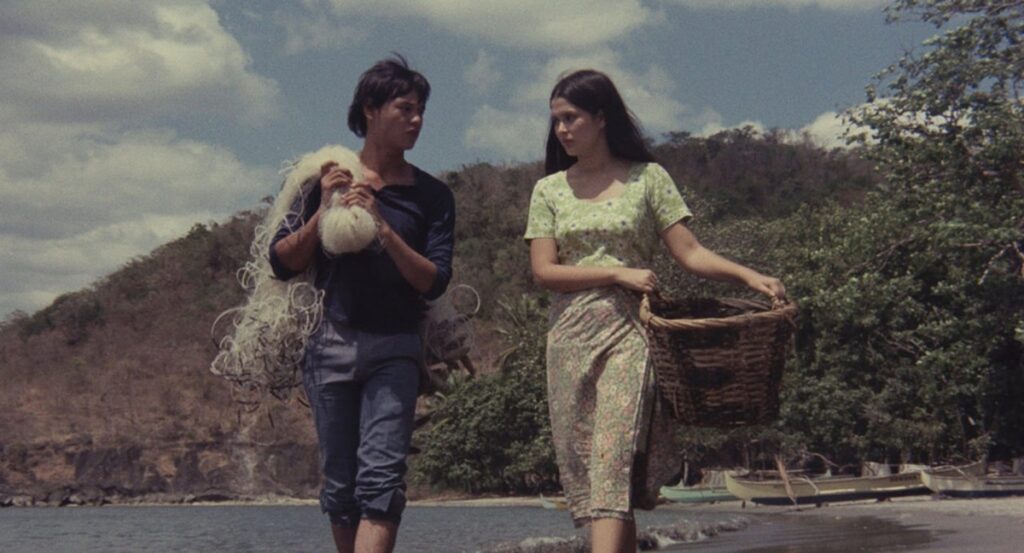
Radical Realism Beyond Maynila
In Brocka’s body of work, one could consistently feel his commitment to portraying radicalism with striking verisimilitude. For instance, in “Bona,” the central relationship between a fanatic devotee and a cruel actor wasn’t just a character study—it was a brutal commentary on power, class, and gender. “Jaguar” (1979), which earned Brocka a Palme d’Or nomination, followed a security guard lured by dreams of wealth and masculinity, only to be destroyed by the very systems he tried to ascend. And in “Insiang” (1976), the first Filipino film shown at Cannes, Brocka turned the slums of Tondo into a pressure cooker of abuse, survival, and female rage. Each film was a cry of protest against the illusion of order under Martial Law.
In “Manila in the Claws of Light,” Brocka showed Manila not as a backdrop but as an antagonistic force. The city consumed people. It betrayed them. He shot in real locations, never sets, because the streets of the city were evidence. His camera didn’t aestheticize poverty. No. The camera documented it. Brocka made sure the audience saw the dirt, the noise, the density, the daily humiliations. His defiance wasn’t just in what stories he told, but in how he told them.
What unified all these works wasn’t just the setting or subject matter. It was Brocka’s insistence that these stories were not fiction. They were testaments. His characters were not metaphors; they were stand-ins for real people the regime wanted forgotten. To this effect, Brocka didn’t just make films. He made evidence.
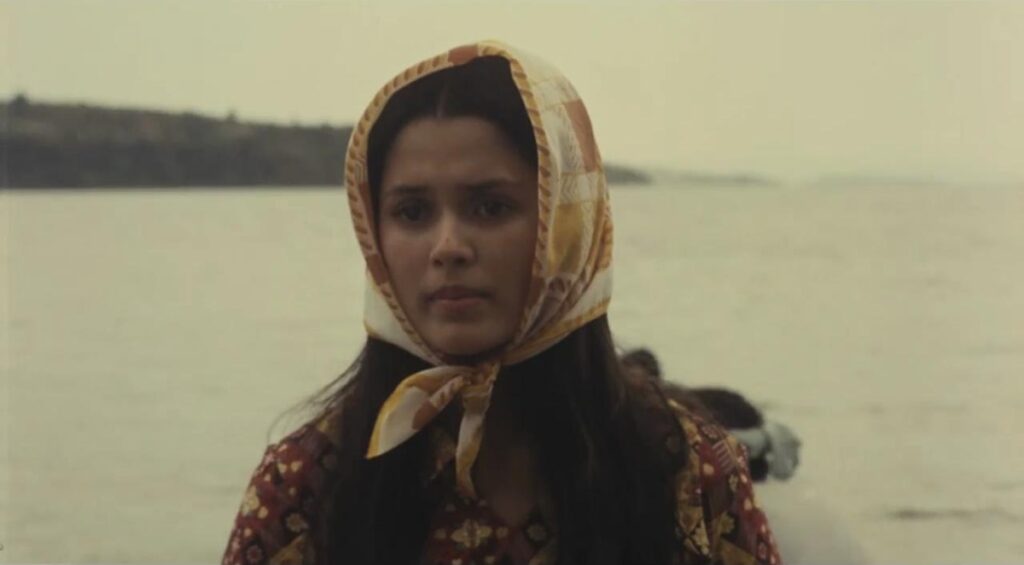
Julio, Ligaya, and the Machinery of Misery
At the heart of “Manila in the Claws of Light” is Julio Madiaga (Bembol Roco), a young man from the province who arrives in Manila in search of Ligaya Paraiso (Hilda Koronel), his missing lover. To survive, he takes on exploitative jobs—from construction to dock work—always underpaid, often cheated. His name, “Madiaga,” evokes matiyaga (Tagalog word meaning ‘patient’ or ‘enduring’), but his perseverance isn’t heroic. It’s survival by necessity, not choice.
Ligaya Paraiso’s name is an even crueler irony: Tagalog for “joy” and “paradise,” yet her life is defined by loss and entrapment. Promised a better future by a recruiter, she is trafficked for prostitution instead—first to Hong Kong, then held captive in the Manila household of a wealthy Chinese businessman. She becomes the ultimate cautionary tale: a rural girl consumed by the false promise of urban opportunity.
When they finally reunite, Ligaya confides her suffering and begs Julio to wait for the right moment to escape. But before that moment comes, Julio hears from confidant Pol (Tommy Abuel) that Ligaya has died—off-screen, under suspicious circumstances. Her final erasure becomes Julio’s breaking point. In a moment of grief and rage, he lashes out in vengeance. The city responds with swift brutality: a mob pursues him through the streets.
For Brocka, this isn’t mere melodrama—it’s a searing indictment. Every institution, from labor to media to law enforcement, fails the characters. Their story isn’t rare. It’s ordinary. And that’s what makes it devastating.
Grit as Aesthetic, Anger as Form
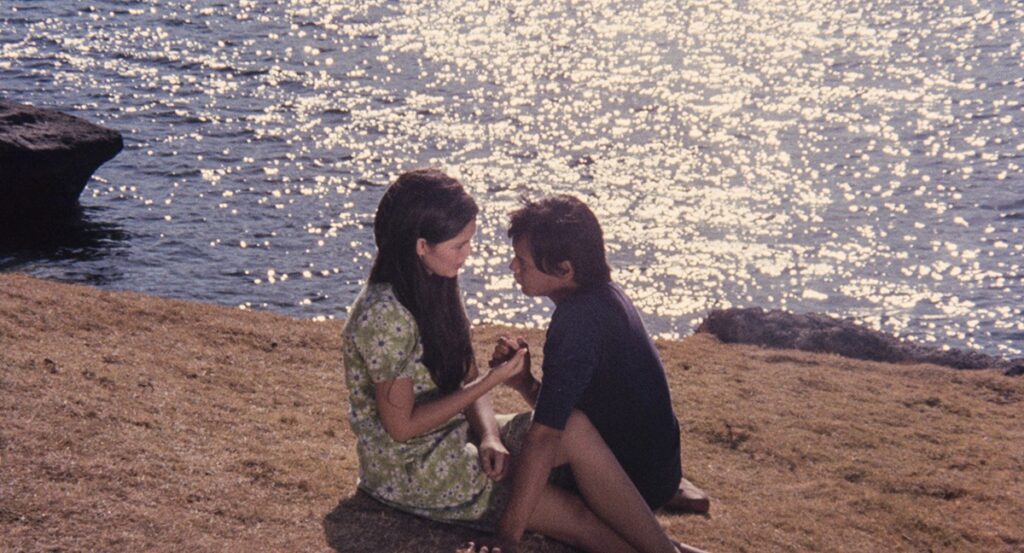
Brocka’s realism was not decorative. It was political. “Manila in the Claws of Light” is shot almost entirely on location—in real streets, job sites, slums, and brothels. The camera is often handheld, shaking with the chaos of the city. The lighting is harsh, the editing abrupt. There is no cinematic polish, no safety net of fiction. What you see is exactly what it felt like to live in the margins.
Unlike his contemporary Ishmael Bernal, whose “Manila by Night” painted the city with a mix of seduction and decay, Brocka had no romantic illusions. His Manila is hostile. Its shadows hide nothing; they expose everything. His use of non-actors and minimal scoring further strips away illusion. Even silence in his films is heavy, filled with what cannot be said under dictatorship.
On the other hand, the violence in the film is never sensationalized. It is structural, grinding, bureaucratic. The exploitation isn’t just in physical beatings but in stolen wages, stolen bodies, stolen futures. Brocka’s anger was methodical. His grit was not style—it was a language of protest.
The Present Is Still the Past
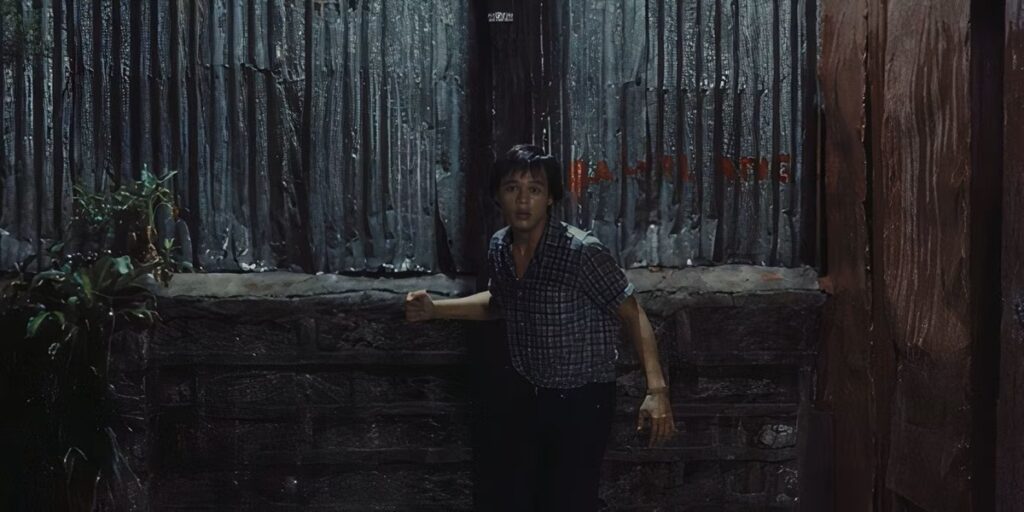
So why does “Manila in the Claws of Light” still resonate? To put it simply: because very little has changed. The institutions that failed Julio and Ligaya continue to fail millions of Filipinos. Wage theft, trafficking, and urban displacement are still rampant. The police still operate with impunity. The promise of a better life through urban migration is still, for most, a lie.
And then there’s the bitterest irony: the Marcos name, once synonymous with dictatorship, has not only returned but rebranded. The regime Brocka fought with his art is being whitewashed in textbooks, reimagined in TikTok edits, revived on ballots. In 2025, the ghosts of the past are not just unburied—they are campaigning.
Brocka famously said, “Art is political.” For him, cinema was memory. And memory, in a country so quick to forget, was resistance. “Manila in the Claws of Light” refuses closure. It doesn’t end with justice. It ends with pursuit—a wounded man still running scared as a murderous mob closes in.
To revisit Brocka is to remember what the country would rather forget: that the claw marks on our history were not accidents. They were inflicted. And if we forget how they were made, they will never heal.


